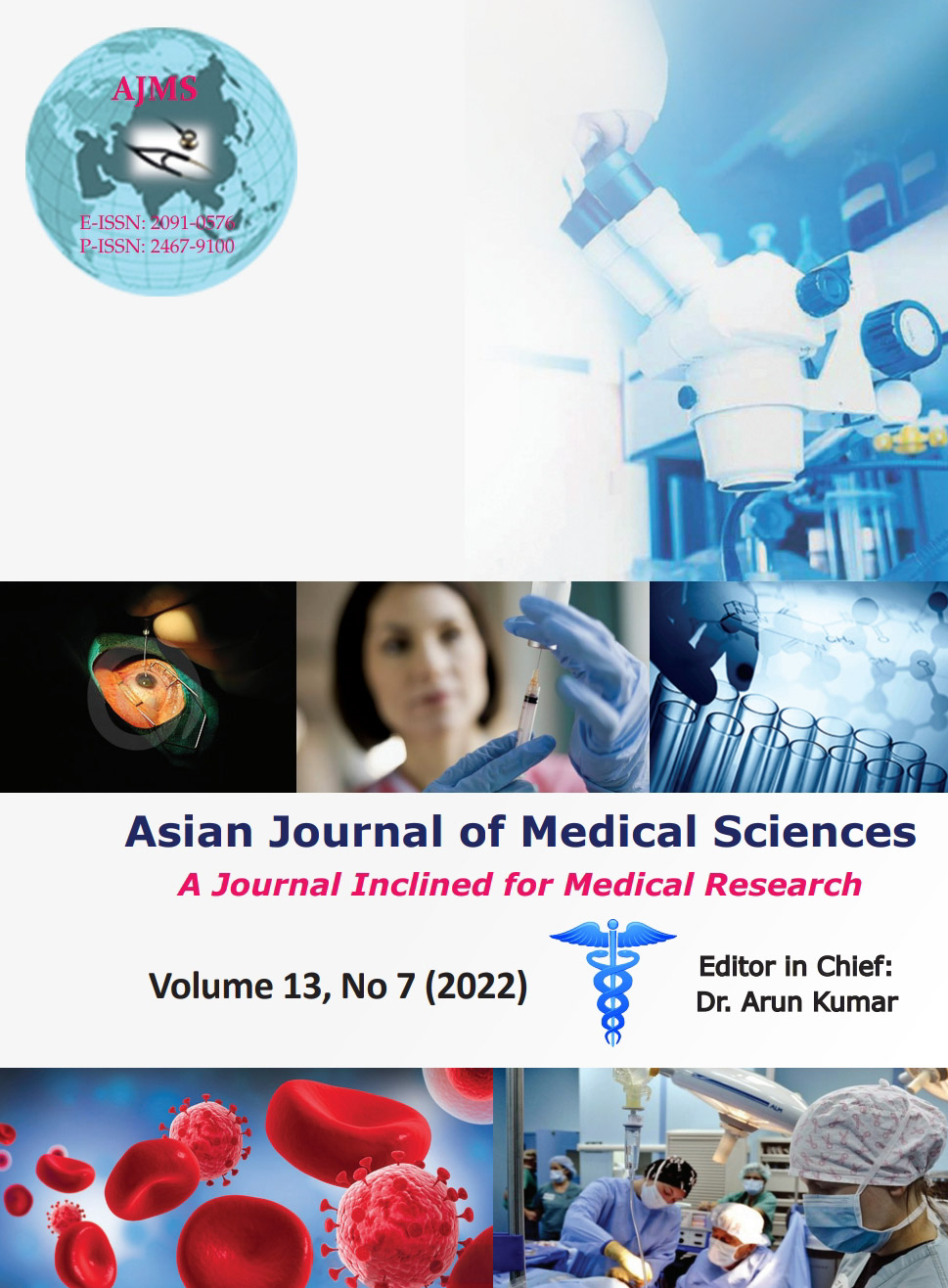Comparison of perineural administration of dexmedetomidine and fentanyl as an adjuvant to 0.5% bupivacaine to enhance the quality of supraclavicular brachial plexus nerve block in upper limb surgeries - A prospective, triple-blind, randomized study
Keywords:
Bupivacaine, Dexmedetomidine, Fentanyl, Post-operative analgesia, Supraclavicular brachial plexus blockAbstract
Background: Supraclavicular approach of brachial plexus block (BPB) has been in popular choice in recent years for surgical, diagnostic, and therapeutic management of injury and pathology related to upper limb.
Aims and Objectives: In this study, we investigated the effect of dexmedetomidine and fentanyl as an adjuvant to bupivacaine on quality of block and post-operative analgesia in perineural supraclavicular BPB.
Materials and Methods: A prospective, randomized, and triple-blind study was done involving 70 patients of age 18–60 years, randomly allocated into two equal groups [group BD- bupivacaine (0.5%) 29 ml with 100 μg (1 ml) of dexmedetomidine and group BF - bupivacaine (0.5%) 29 ml with 50 μg (1 ml) of fentanyl]. The scores of modified Gormley and Hill scale, modified Bromage scale, Ramsay sedation scale, and rescue analgesic requirement were recorded along with hemodynamic parameters. Pearson’s Chi-square test and Mann–Whitney U test were used for statistical analysis.
Results: The onset time of sensory and motor blockade was shortened and the duration of the block was significantly prolonged in the BD Group than BF Group (P<0.001). The duration of post-operative analgesia was also longer in the BD Group compared with the BF Group (549.43±10.56 vs. 403.69±10.84) P<0.001. BF Group had more requirements of analgesic postoperatively.
Conclusion: Addition of dexmedetomidine to bupivacaine prolonged the duration of perineural supraclavicular BPB and improvement of post-operative analgesia than fentanyl without significant side effects in patients undergoing upper limb surgeries.
Downloads
Downloads
Published
How to Cite
Issue
Section
License
Copyright (c) 2022 Asian Journal of Medical Sciences

This work is licensed under a Creative Commons Attribution-NonCommercial 4.0 International License.
Authors who publish with this journal agree to the following terms:
- The journal holds copyright and publishes the work under a Creative Commons CC-BY-NC license that permits use, distribution and reprduction in any medium, provided the original work is properly cited and is not used for commercial purposes. The journal should be recognised as the original publisher of this work.
- Authors are able to enter into separate, additional contractual arrangements for the non-exclusive distribution of the journal's published version of the work (e.g., post it to an institutional repository or publish it in a book), with an acknowledgement of its initial publication in this journal.
- Authors are permitted and encouraged to post their work online (e.g., in institutional repositories or on their website) prior to and during the submission process, as it can lead to productive exchanges, as well as earlier and greater citation of published work (See The Effect of Open Access).




